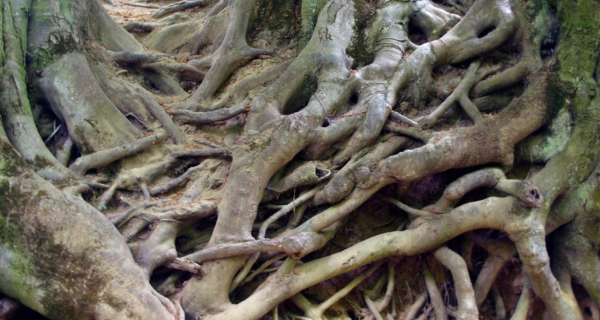May I stand
As an island on the marsh
As a hill on the plain
As a tree on the fairy hill
As a star in the moon’s waning
As a still sword in the hand
As a child beloved of its ancestors
Bright sights in my eyes
Brave before the host
~From The Poem-Book of the Gael, attributed to Fionn Mac Cumhaill
Botanical name: Alnus glutinosa
Family: Betula
Ogham: Fearn
Scots Gaelic: Feàrna
Irish Gaelic: Fearnóg
Welsh: Gwern
Message: Protect those who are in need.
It seems odd at first glance that the alder is known as areich fein, ‘shield of the warrior.’ But if you were to cut into an alder branch, if you were to watch the white wood redden to the color of blood, you would understand the lesson the alder has to teach: A true warrior is not fierce, unless those they protect are threatened. They are not fighters. They are defenders.
The alder has been named as the tree of defenders since time was time. In ancient days, the hero of Wales, the great poet-warrior Gwydion, stole the three sources of civilization from Arawn, Lord of Death himself, who had jealously guarded them. (1) The wheat sheaf that gave the knowledge of farming, the hound whelp that granted the knowledge of animal husbandry, and the white deer that gave knowledge of woodcraft were brought into the living world and given to humanity, and this sent Arawn into a rage. He rose up in his wrath, ready to lay waste to the entire world and make of it a desert. To keep him out of the living world and defend life itself from annihilation, Gwydion enlisted all the living trees of the wood to be his army and battle against Death beside him. Alder was one of the first to answer the call:
Gwern blaen llin,
A want gysseuin
Helyc a cherdin
Buant hwyr yr vydin.
Alder, front of the line,
formed the vanguard
Willow and Rowan
were late to the fray. (2)
Gwydion chose to carry alder as his standard, and in the battle could be recognized by the gleaming branches he bore. That day, he defended life using two sets of weapons: the weapons of the battlefield and the weapons of the clever mind. And with the help of the trees, he rode to victory that day. By the strength of the trees, Death was driven back and Life was defended.
In the home and the hearth, alder wood is the wood of protection and resistance to evil influences. Liking water and extremely resistant to decay, alder trees were planted to create natural protections on the banks of dikes and watercourses. Alder wood was used in any place where wood would be under constant attack and need strength: in the water wheels that ground the people’s grain, in bowls and utensils for the kitchen, in the pilings of docks and the making of boats and fishing gear. (3) Alder twigs were woven into fish traps called weirs, and wooden cobbles for roads were made from alder timber. (4) In Wales and southern Ireland, all milk was contained in alder churns, keeping it fresh longer due to its antiseptic properties, which protected the household from financial loss and from illness in a place and time when milk was an integral staple. (5)
Alder is also a stauncher of injury: its boiled bark could be used to wash and staunch the blood of deep wounds. (6)
Symbolically, alder is the tree of the defender. The defender does not seek battle, but they will not let injustice run rampant. Laurie sums it up best: “The warrior protects what is loved, and the container protects what is held within it.” (7)
When the alder speaks, this is what they say: “You are strong today. Defend those who are weak when you are strong. Take up your weapon in the defense of those in need, whatever your weapon is. Raise your hand, raise your voice, raise your pen to quell evil and defend the folk. The people around you are your tribe, and you must care for them as they care for you. That is your duty.”
- The Poem-Book of Gael. Translations from Irish Gaelic Poetry Into English Prose and Verse, Hull, Eleanor, Chatto & Windus, 1912
- The Mabinogi and Other Medieval Welsh Tales, Ford, Patrick K., Berkeley: University of California Press, 1977
- (4) A Druid’s Herbal of Sacred Tree Medicine, Hopman, Ellen, Destiny Books, 1994
- Ogam: Weaving Word Wisdom, Laurie, Erynn Rowan, Megalithica Books, 2007
- A Druid’s Herbal of Sacred Tree Medicine, Hopman, Ellen, Destiny Books, 1994
- Ogam: Weaving Word Wisdom, Laurie, Erynn Rowan, Megalithica Books, 2007

